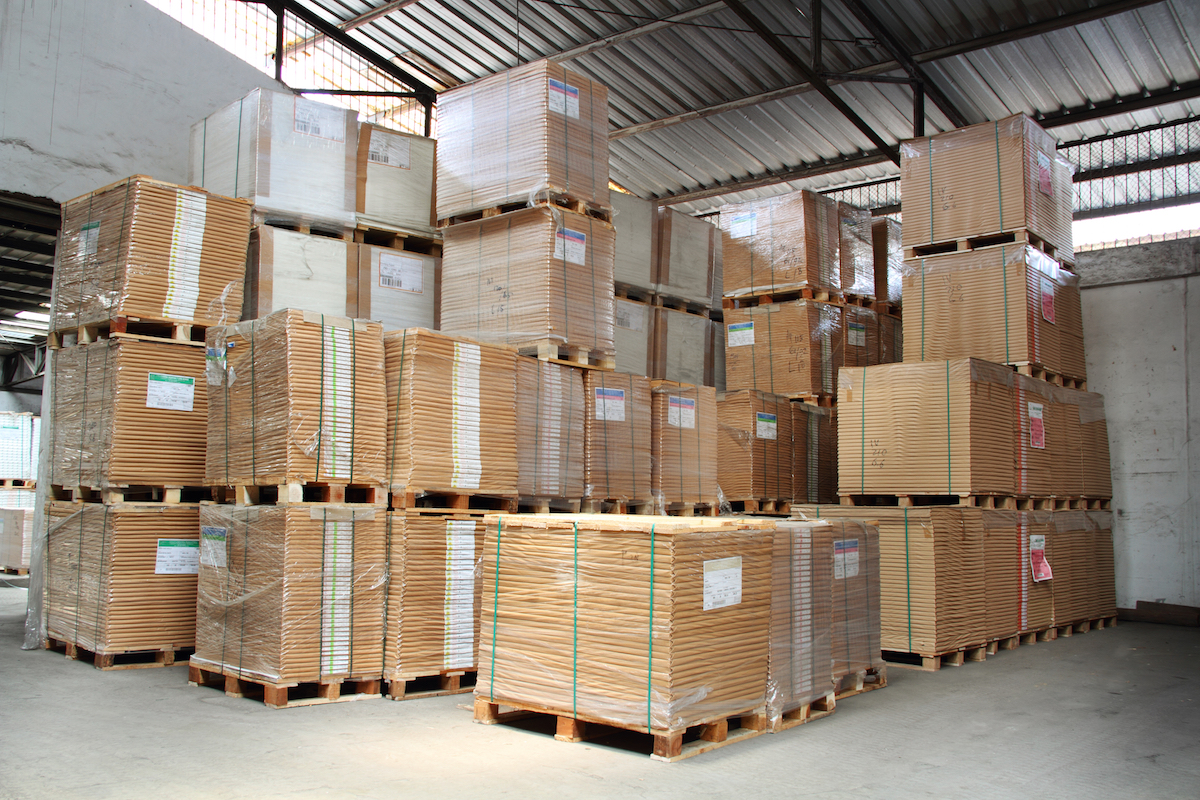Given it’s autumn 2021, spring 2022 May seem some way off. But don’t get caught out. Now’s the time to start readying for the new tax, which comes into force next April.
So you want to reduce your plastic usage. Who doesn’t? It’s healthier for the planet - and it’s likely to be healthier for your bank balance when the Plastic Packaging Tax (PPT) comes into force next year. But it’s fair to say there’s some confusion within the visual communication sector about how this might affect PSPs - a point that’s been recognised by Chris Green, Antalis’ director of visual communications, and who has been taking a long hard look at what it might mean for this sector, and how its impact can be minimised.
As he points out, there had been some concern that the PPT might apply to some visual communication applications such as FSDUs or dump-bins, which could be deemed by some as packaging. Thankfully, in the Government’s ‘Get your business ready for the Plastic Packaging Tax’ document, these are defined as ‘packaging components that are not subject to the Plastic Packaging Tax’. They fall under Category 3 - products that are primarily designed to be re-used for the presentation of goods to a consumer or user and have been permanently set aside for this purpose, before or as soon as they have been manufactured or imported.
But, as Green reasons: “While that puts visual communications out of scope for now, it’s important to look ahead in preparation for amendments that will bring more forms of plastic packaging under the tax. I think it is inevitable that it will come under greater scrutiny and could be incorporated into the tax liable products somewhere down the line, and arguably with good reason
“No one likes paying taxes, but the new Plastic Packaging Tax has a very worthy goal. According to the Government’s policy paper, its objective is ‘to provide a clear economic incentive for businesses to use recycled material in the manufacture of plastic packaging, which will create greater demand for this material. In turn this will stimulate increased levels of recycling and collection of plastic waste, diverting it away from landfill or incineration.’
“The tax applies to plastic packaging produced in, or imported into, the UK that contains less than 30% recycled plastic. The current proposal suggests that a charge of £200 per tonne will be required to be paid by the first business in the chain to commercially exploit the plastic packaging, although liability can be passed to parties further down the chain. As such, it is likely that contracts will need to specify if costs are ex. PPT or inc. PPT. Businesses that import less than 10 tonnes of plastic packaging in a 12-month period, however, will be exempt.”
So, how to reduce the impact of the PPT on your business?
“Reducing the amount of plastic packaging used might be easier than people think. Probably the biggest source of plastic packaging use among Antalis customers is stretch film to wrap pallets. It’s a product that is frequently overused, but fortunately it’s a relatively easy issue to rectify. Through a free consultation and audit offered by the Antalis packaging team, we have helped customers to make savings of up to 70% in cost and waste, simply by matching the film to their machine and ensuring the machine is calibrated correctly.
“Another way of reducing or even eliminating the use of plastic is through smart packaging design. In designing bespoke packaging, it is possible to minimise the use of plastic and other packaging materials as well as creating packaging that offers optimum protection along with other benefits such as speed of assembly.”
Green advocates the use of recycled plastic packaging, saying: “The important figure to remember with regard to the PPT is 30%. Plastic packaging containing at least 30% recycled plastic will be exempt from the tax. Over the last few months, we have been developing our Antalis Packaging range of tax-exempt products. It’s an ongoing process and we are continuing to work with our suppliers to source and develop more products. Among our current portfolio of tax-exempt packaging products are: white poly mailing bags (75% recycled content), grey mailing bags (100% recycled content), sealed Air Mail Lite and Master In Mailers (bubble liner has 60% recycled content), hand stretch blown film (17 micron or above has 30% recycled content), loosefill (100% bio-based and recycled content), and Airspeed Renew air bags (50% recycled content).
“Finally, consider replacing plastic packaging with paper-based products - though only if it doesn’t compromise protection or increase environmental impact. We recently helped a global beauty company to eliminate plastic from its transit packaging. The company had been using plastic air sacs for void fill, so we suggested they trial Fillpak TT, by Ranpak, a flexible, portable void-fill system in which fan-folded kraft paper sheets are crumpled in the converter to form the filling material. The trial was so successful, they went on to buy four units from us.
“There’s no doubt that it will be a challenging period for many businesses while the new tax beds in. As well as the cost of the tax itself, there will be associated administrative costs for all businesses affected. That’s why thinking about the changes you can begin to make now in preparation is so important.”


